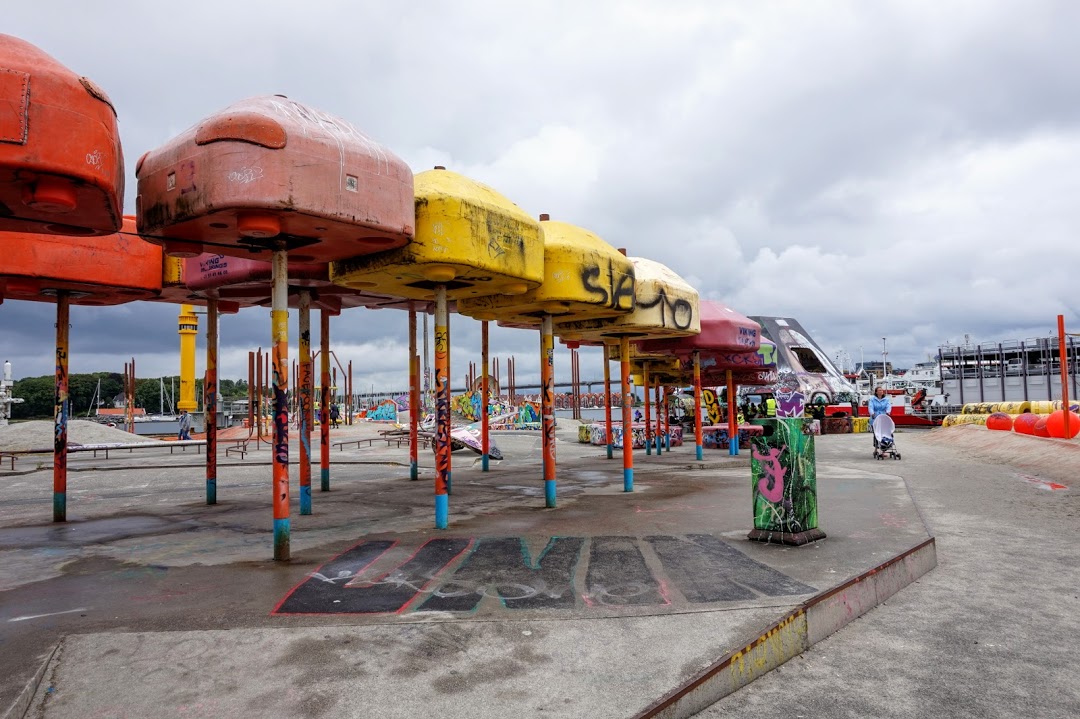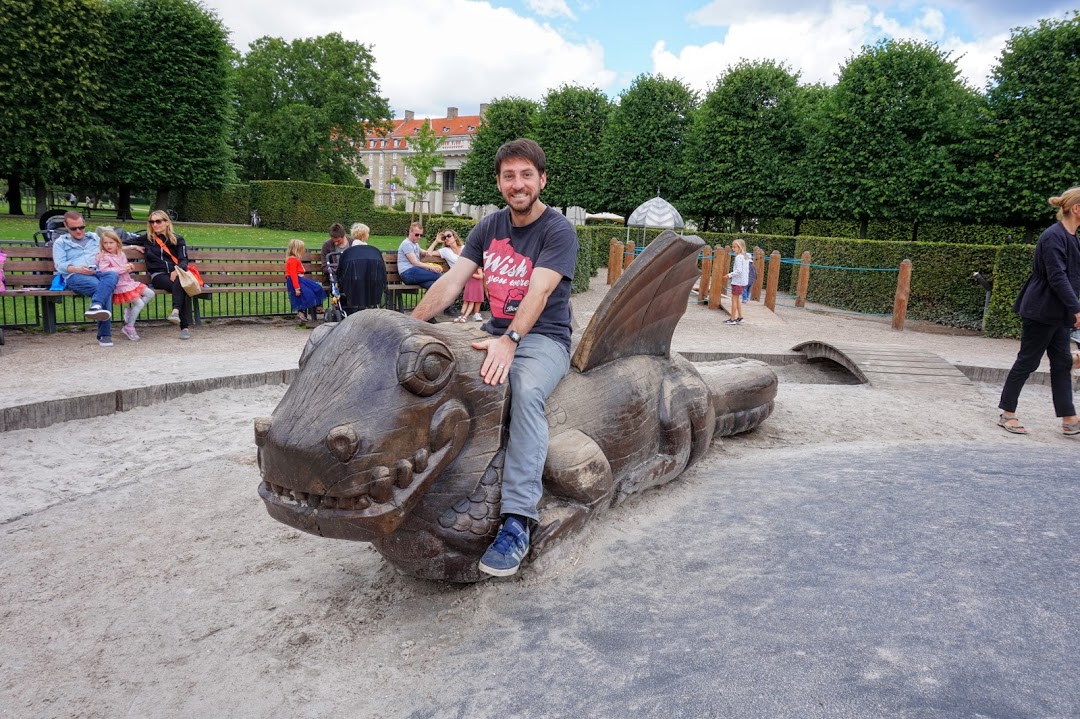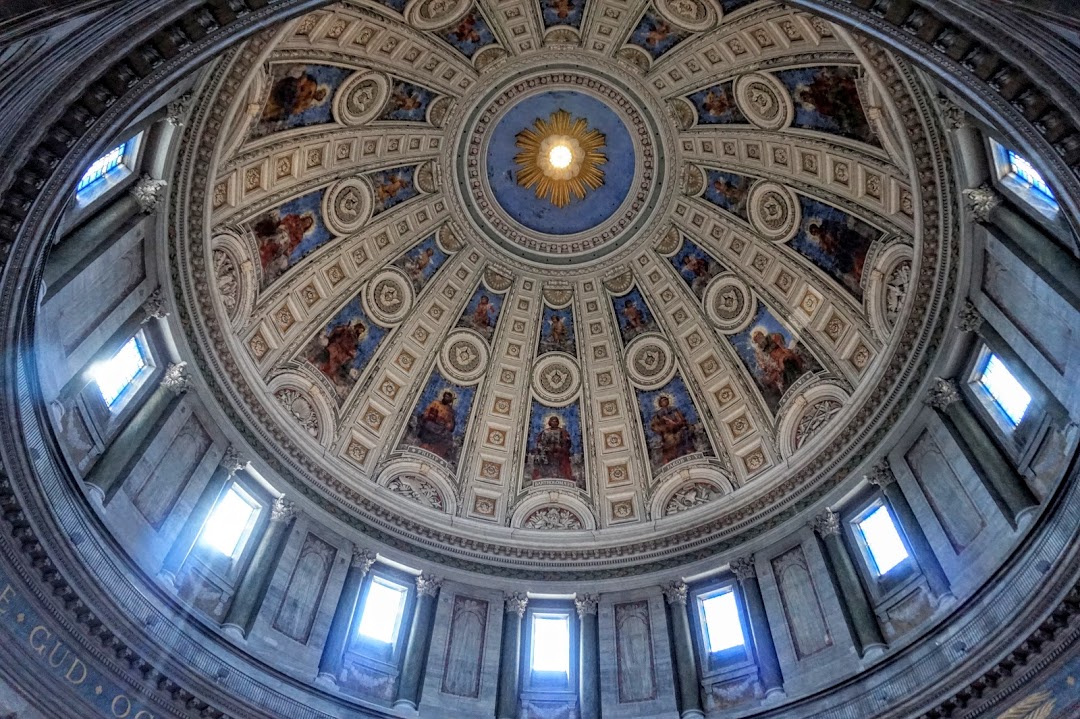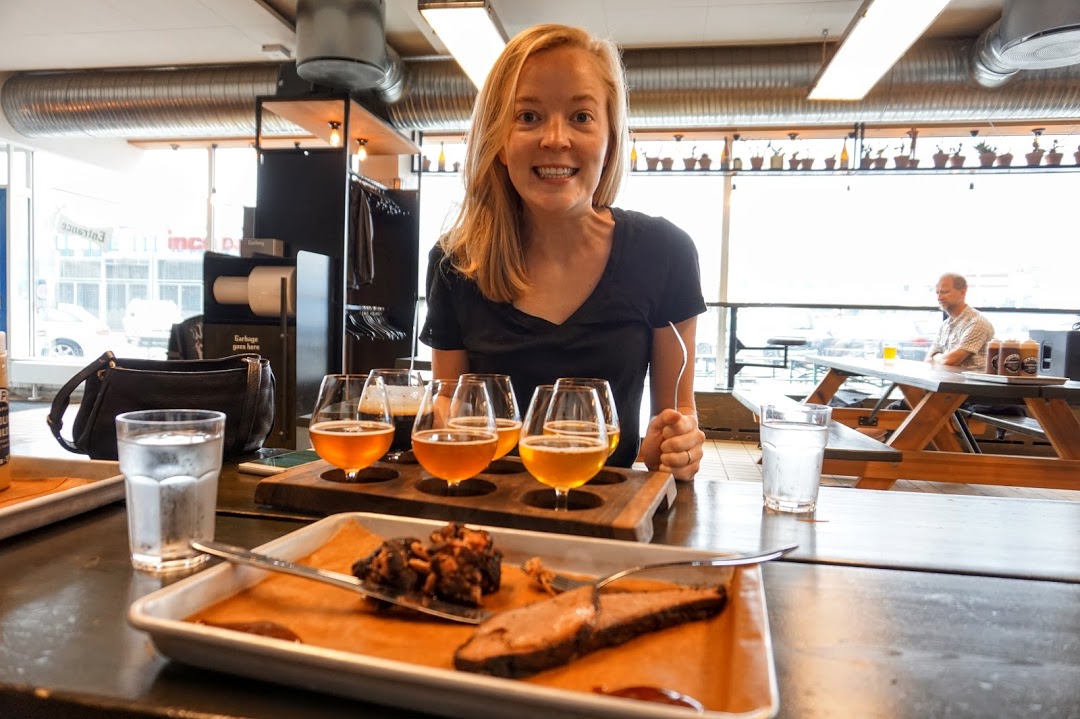Stockholm was our last stop in Scandinavia. We lucked out and all three days were beautiful and sunny. We made a tiny boo boo and accidentally booked an Airbnb without wifi. I know what you’re thinking: How did we survive?! But we did it, and it ended up being a good way to get us out of the apartment… even if it was just to walk around in search of free wifi networks.
I’m kidding; we didn’t only sit outside 7-Eleven bumming their wifi. We also visited several museums including the Royal Armoury, Medieval Museum, and the Vasa Museum. The Royal Armoury and Medieval Museum were nice little free museums we popped into to get some brief history on the area. The Vasa Museum, however, was in a league of its own. The museum is a converted dry dock built around the Vasa, a preserved 17th century warship. The boat is HUGE. This was essentially a prototype and was the most ambitious design of the day. Unfortunately the ship builders did not have mathematical formulas to aid in design and relied on proportions, intuition, and guessing. They ended up spending two years building a ship that was too tall and narrow to sail. Sensing issues, the naval admiral performed a stability test and despite obviously failing, he decided not to tell the king and move forward. As a result the Vasa only made it 1300 meters into its maiden voyage before it caught wind, blew over far enough to take on water through the cannon ports, and sank. It was lost for over 300 years before it was rediscovered in the 1950s.




When we weren’t visiting museums, we spent a lot of time walking around the various islands that make up the city. Stockholm is an archipelago (group of islands), and has many beautiful canals and bridges connecting the city. We spent most of our time wandering around Gamla Stan, the Old City island, and walking through gardens on Djurgården, the island that is home to many museums including the Vasa Museum.
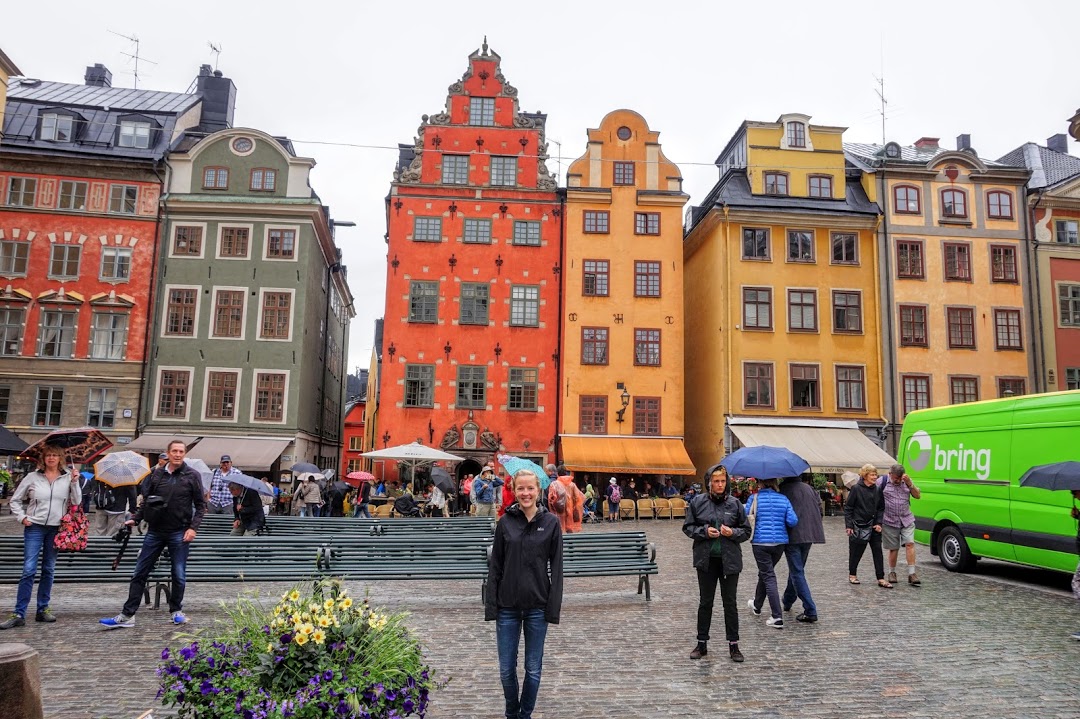





It was a good way to wrap up our two weeks in Scandinavia. Here’s hoping prices in mainland Europe will be cheaper!












